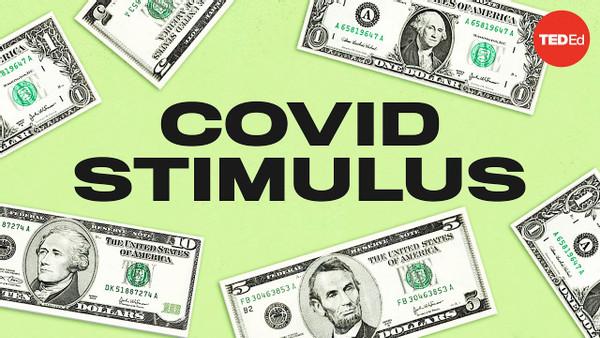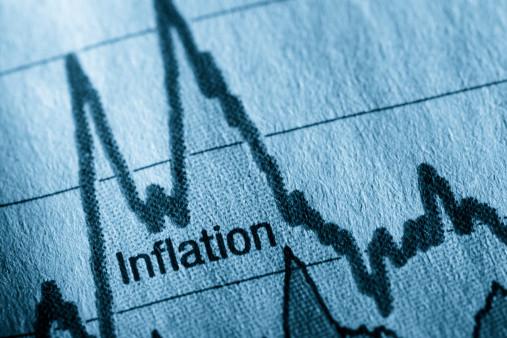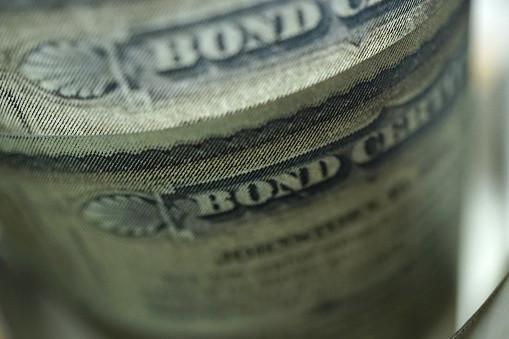Why can’t governments print an unlimited amount of money? - Jonathan Smith
Curated from: TED-Ed
Ideas, facts & insights covering these topics:
6 ideas
·1.72K reads
7
Explore the World's Best Ideas
Join today and uncover 100+ curated journeys from 50+ topics. Unlock access to our mobile app with extensive features.
The government can't just increase the money supply
Most countries have a central bank that manages the money supply. It is independent of the government to prevent political interference.
The government can implement different types of economic policy, like decreasing taxes, but can't increase the money supply.
9
367 reads
The central bank
The central bank determines how much money is in circulation at a time.
They can authorise the printing of unlimited money to help an economy in crisis, but that's a short-term solution. It doesn't necessarily help with economic growth in the long term and can actually hurt the economy.
9
305 reads
Inflation
When there is more money in circulation, the manufacturers of goods like food, clothing, and cars could respond to demand simply by raising prices. This means you could no longer buy as much with the same amount of money. It is known as inflation.
Inflation of about 2% a year is considered a sign of economic health, but more can quickly damage the economy.
9
309 reads
Quantitative easing
In recent decades, central banks have tried quantitative easing to infuse the economy with cash while maintaining a low risk of severe inflation. The quantitative easing approach is where a central bank increases cash flow by purchasing another entity's bonds.
Anyone can buy bonds from corporations or governments. When you buy a bond, you're really loaning money to the company or government, who will pay it back later with interest.
- When a person buys a bond, they're using money already in circulation.
- When a central bank buys a bond, it creates cash.
10
289 reads
Buying bonds from the government
During the 2008/9 financial crisis and 2020, the United States' central bank bought unlimited bonds from the U.S. government called treasury bonds, loaning the U.S. government money. The government used the money to fund relief efforts.
This isn't the same as printing money. Because of the way bonds are priced, the Federal Reserve effectively lowered the return on them. This incentivises other investors to lend to riskier entities, which should help companies to borrow money to use in projects, growing the economy over time.
8
238 reads
Concerns over central banks buying government debt
When the Federal Reserve pledged to buy unlimited government debt, this means the government could just issue more bonds which the central bank would buy. The government could then use the money from the new bonds to pay off the old bonds, meaning the government never pays back its debt.
Some economists say that when a central bank buys government debt, it's a subversion of a system designed to protect the economy. Others insist that these measures help stabilise economies.
8
221 reads
IDEAS CURATED BY
Lila H.'s ideas are part of this journey:
Learn more about moneyandinvestments with this collection
How to start a successful business
How to build a strong team
How to market your business
Related collections
Similar ideas
Read & Learn
20x Faster
without
deepstash
with
deepstash
with
deepstash
Personalized microlearning
—
100+ Learning Journeys
—
Access to 200,000+ ideas
—
Access to the mobile app
—
Unlimited idea saving
—
—
Unlimited history
—
—
Unlimited listening to ideas
—
—
Downloading & offline access
—
—
Supercharge your mind with one idea per day
Enter your email and spend 1 minute every day to learn something new.
I agree to receive email updates



